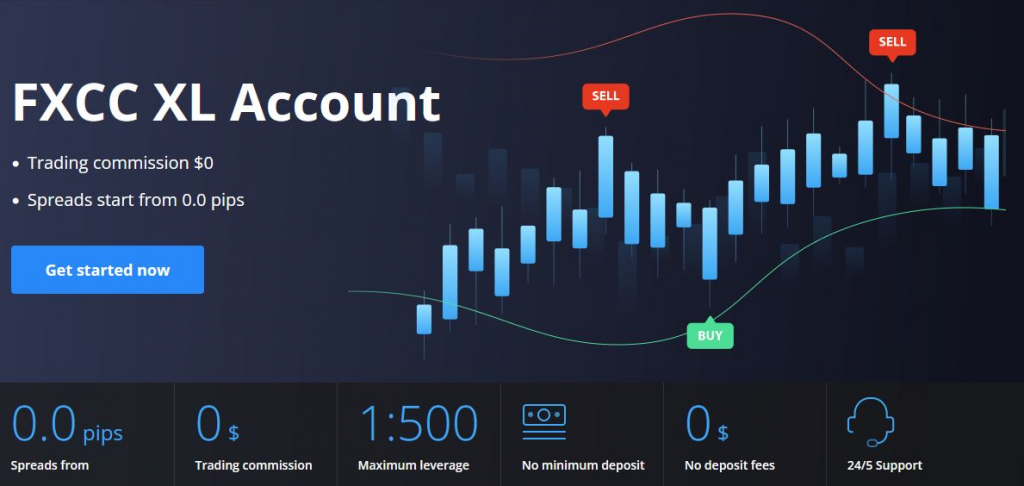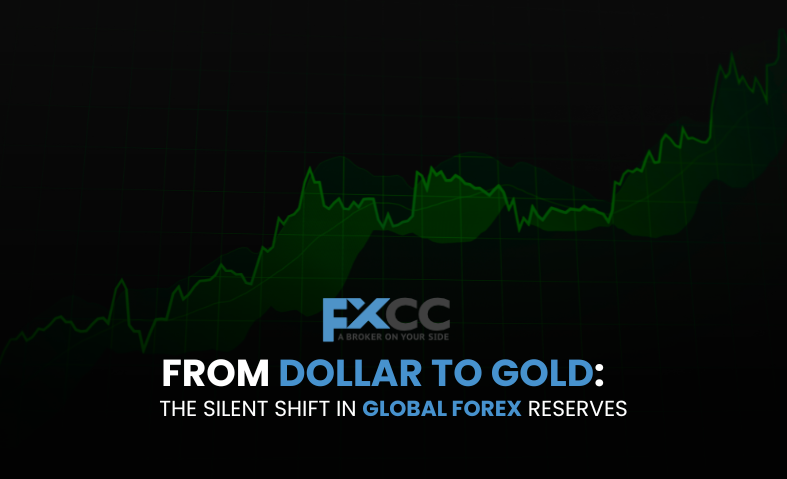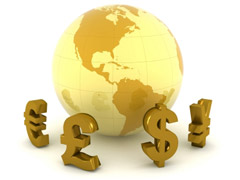For decades, the U.S. dollar has held an unparalleled position as the world’s leading reserve currency, serving as the bedrock for international commerce, financial transactions, and central bank foreign exchange portfolios. Its commanding presence has been a cornerstone of the global monetary framework, providing essential stability and liquidity. Yet, beneath this seemingly immutable surface, a quiet but profound transformation is unfolding: central banks worldwide are progressively diversifying their foreign exchange reserves, exhibiting a clear preference for gold. This burgeoning “de-dollarization” trend, though incremental, signifies a substantial evolution in how nations perceive and manage their economic safeguards.

The Dollar’s Enduring Hegemony (and its Cracks)
The U.S. dollar’s ascendancy is a direct legacy of the post-World War II Bretton Woods agreement, which established a system of fixed exchange rates linked to the dollar, itself convertible to gold. Even after the collapse of Bretton Woods in the early 1970s, the dollar maintained its dominant status due to the sheer scale and resilience of the U.S. economy, its deep and highly liquid financial markets, and its pervasive use in international trade invoicing. For years, holding dollar-denominated assets, primarily U.S. Treasury bonds, was considered the safest and most liquid choice for central banks managing their reserves.
However, fissures in this seemingly unshakable foundation have begun to emerge. The increasing deployment of the dollar for sanctioning purposes, particularly evident in recent geopolitical events, has stirred apprehension among nations regarding their susceptibility to external pressures. Countries are recognizing that an excessive reliance on a singular currency, especially one subject to the unilateral policies of another sovereign state, carries inherent vulnerabilities. Moreover, prolonged phases of monetary expansion by the American central bank. Federal Reserve, leading to an expansion of the dollar supply, have sparked questions about the currency’s long-term purchasing power and stability.
The Lure of the Yellow Metal: Why Gold?
In response to these evolving dynamics, gold is re-emerging as a compelling alternative for reserve managers. Its appeal stems from several intrinsic characteristics:
- Neutrality: Gold stands as a politically neutral asset, unburdened by the economic or political fortunes of any single nation. This makes it an ideal hedge against geopolitical risks and a dependable safe haven during periods of global uncertainty. Unlike fiat currencies, it cannot be arbitrarily devalued by government policy or frozen by sanctions.
- Gold as a Store of Value: Historically, gold has proven to be a steadfast preserver of wealth, particularly when inflation is on the rise. Its finite supply and tangible nature offer a sense of security that paper currencies, prone to inflation through unchecked money creation, cannot fully provide.
- Diversification: Incorporating gold into a reserve portfolio significantly enhances diversification, thereby reducing overall risk exposure. By lessening dependence on any single fiat currency, central banks can more effectively shield their reserves from currency fluctuations and economic shocks.
- Inflation Hedge: As global inflation concerns persist, central banks are increasingly seeking out gold as a hedge against rising prices. As the buying power of paper money diminishes, gold typically manages to hold or even increase its worth.
Recent data from the International Monetary Fund (IMF) and other sources indicate a clear trend of increased gold purchases by central banks, particularly from emerging economies. Countries like China, India, Turkey, and Poland have substantially augmented their gold reserves in recent years, signaling a deliberate strategy to reduce dollar exposure and fortify their financial resilience.
Geopolitical Realignment and the Multipolar Future
The shift from dollar to gold in global forex reserves is not merely an economic phenomenon; it is deeply intertwined with broader geopolitical realignments. The emergence of a more multipolar world, with growing economic influence from non-Western powers, naturally encourages diversification away from a unipolar reserve system. Nations are seeking greater autonomy and control over their financial destinies, and gold offers a tangible means to achieve this.
The development of alternative payment systems and increased trade in local currencies further supports this trend, gradually chipping away at the dollar’s transactional dominance. While a complete overhaul of the international monetary system is unlikely in the short term, the steady accumulation of gold by central banks suggests a long-term strategic recalibration.
The Road Ahead: Gradual Evolution, Not Revolution
It is crucial to note that the “de-dollarization” process is a gradual evolution, not an abrupt revolution. The dollar’s established infrastructure, liquidity, and widespread acceptance mean that it will undoubtedly retain a significant, albeit evolving, role as a component of global reserves. However, the increasing embrace of gold signals a future where diversification and the intrinsic value of tangible assets play an ever more prominent role in safeguarding financial stability. This consistent and accelerating trend of central bank gold purchases is a powerful indicator of changing priorities and a growing desire for a more diversified and resilient global financial architecture.
The ongoing reassessment of reserve portfolios highlights a fundamental truth: economic power dynamics are constantly shifting, and with them, the very nature of global finance.

Bottom Line
The silent shift from dollar to gold in global forex reserves reflects a calculated response by central banks to evolving geopolitical risks, inflationary pressures, and a desire for greater financial autonomy. While the U.S. dollar will certainly remain a vital element within global reserves, the growing gravitation towards gold clearly signals a future where strategic diversification and the inherent worth of assets play an increasingly central role in protecting national wealth and economic stability. This subtle but significant movement marks a new chapter in the ongoing evolution of the international monetary system.


